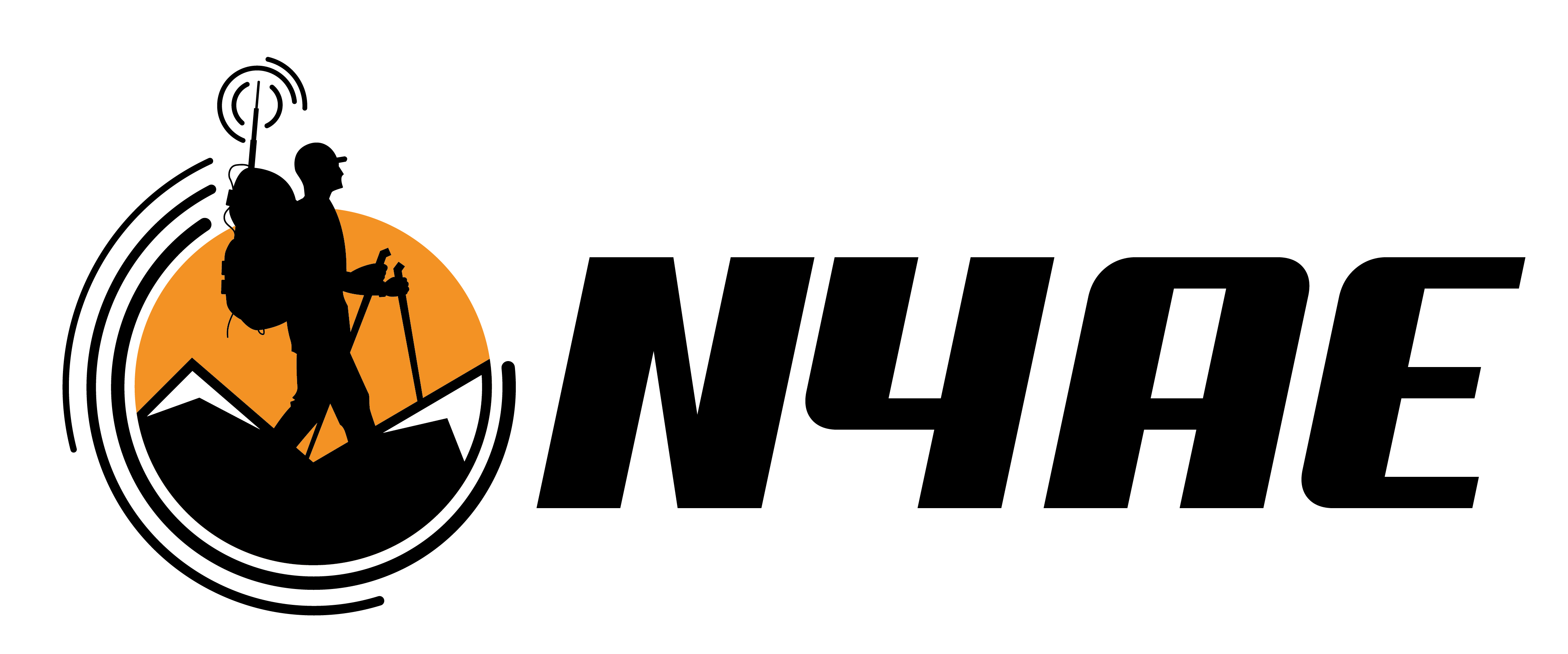Ham Radio License Exams for Local EMA
I was part of a unique Volunteer Examination session recently.
Nine Will County EMA employees and volunteers upgraded their Amateur Radio licenses to General Class. It was the end of a 10-week course designed, in part, to teach them about radios that weren’t part of a trunk system.
The Risk of Modern Technology
Before the days of P25 and 800 MHz Trunk Systems; emergency services lived on Low-Band VHF. This radio spectrum between 30 MHz and 88 MHz provides wide-area point-to-point coverage. It wasn’t unusual for dispatchers to have direct links to mobile units 40 to 50 miles away without using a repeater.
Today, sophisticated technology enables low-power hand-held radios to have state-wide coverage. But it comes at a price.
When a tornado destroyed Joplin, Missouri in 2011; it exposed the weakness of modern technology. Systems linked via the Internet are useless when towers are heaps of metal or generators run out of fuel.

What happens when your fancy, expensive radio system no longer works?
Planning for the Future by Looking Back
Like most emergency management agencies, Will County benefits from a strong relationship with local Ham Radio operators. Not only does the county have Hams among their staff, the Agency supports ARES with repeaters and training.
The partnership is reminiscent of the Civil Defense RACES program of the 1960s.
Later this spring, Will County ARES will conduct an exercise using low-band VHF. If they can communicate simplex, the concept could become part of county planning.
Past would become prologue as old-school radio shows the new kid how it’s done.
Why the General Class License?
Until the FCC changes the Technician Class license, voice nets on 80-meters and 40-meters remain off limits. You must have a General Class license to take part.
Likewise, the FM segment of the 10-meter band is off limits. Technician Class licensees don’t have privileges to use those frequencies. This means popular 10-meter FM radios are useless in the aftermath of a disaster.
The General Class License is the solution because the holder can access shortwave voice and data. Operators can communicate over long distances using Ham Radio as a backstop.
It is one of the reasons why the staff of the Will County EMA took the time to upgrade their licenses. In the event the county’s communication system fails, the staff has options they can legally use without special permission.
A Global Concept?
It is true that Ham Radio is not well-suited for the needs of a complex and coordinated response. But it is a viable back-up for low-priority traffic.
First Responders anywhere can apply the lessons of Joplin to their planning as well.
In Australia, for example, State Emergency Service groups could earn Standard Class licenses. This would help them support their local AIIMS mission.
The same goes for Great Britain, South Africa, Brazil, or Thailand.
The key, regardless of locality, is voice access between 3.5 MHz and 30 MHz.
Final Thoughts
Most emergency managers understand the advantage of ham radio. It is a communication service that can get a message through when other systems can not.
For the group of new General licensees in Will County, though, I hope they get to enjoy the hobby rather than apply it in an event.



















